
Deutsch-Chinesische Enzyklopädie, 德汉百科



 Architecture
Architecture
 Baroque / Rococo architecture
Baroque / Rococo architecture

 Architecture
Architecture
 Renaissance architecture
Renaissance architecture

 History
History
 L 1000 - 1500 AD
L 1000 - 1500 AD
 Hungary
Hungary
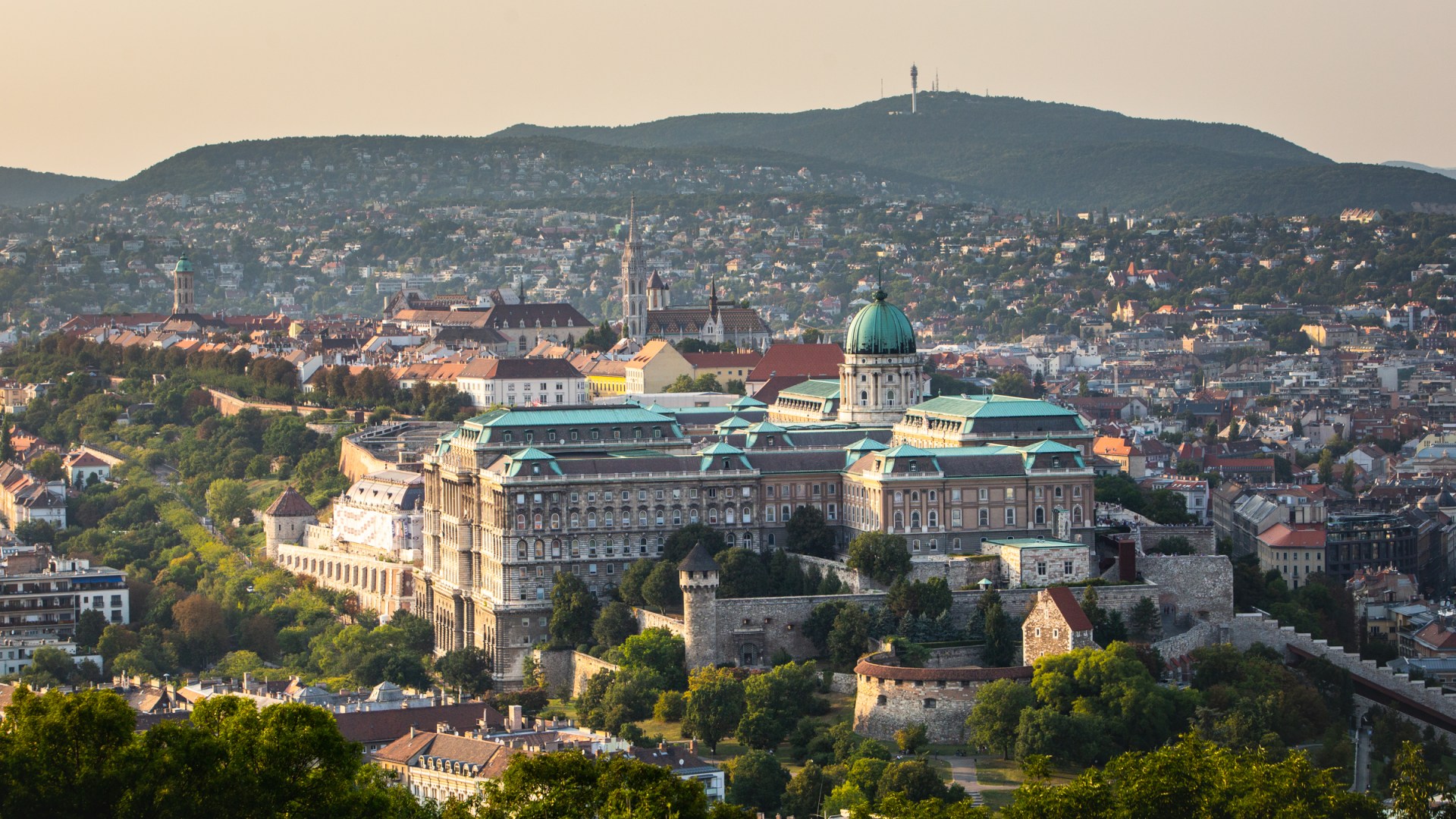
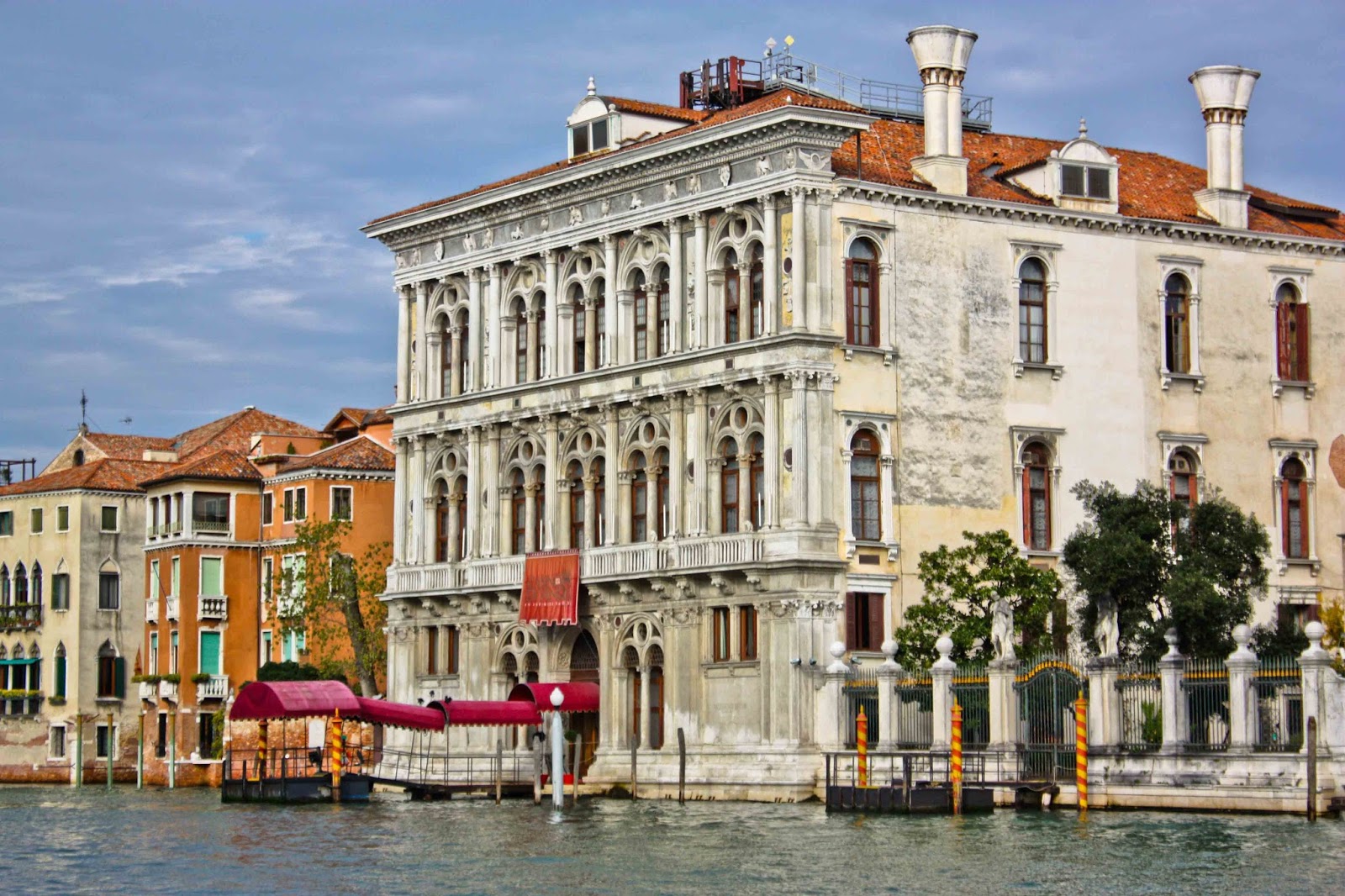

 History
History
 L 1000 - 1500 AD
L 1000 - 1500 AD

 Art
Art
 WC - Western art 5th century AD - 15th century AD
WC - Western art 5th century AD - 15th century AD

 Religion
Religion
 Vatican city
Vatican city

西斯廷教堂(拉丁语:Sacellum Sixtinum;意大利语:Cappella Sistina [kapˈpɛlla siˈstiːna];也称为西斯廷礼拜堂)是一座位于梵蒂冈宗座宫殿内的天主教小堂,紧邻圣伯多禄大殿,以米开朗基罗所绘《创世纪》穹顶画,及壁画《最后的审判》而闻名。堂中的壁画在西斯都四世治下的1482年完成,1483年8月15日西斯都四世在这里举行了第一场圣母升天节弥撒,并决定这里将要供奉童贞玛利亚[1][2]。此外,现在这里也是教宗选举的举行处。
由教宗西斯都四世发起创建,教堂名“西斯廷”即来源于教宗之名“西斯都”。教堂始建于1445年。1481年完工后,波提切利等文艺复兴初期画家以耶稣基督为题目创作了一批壁画。后来根据儒略二世的命令由米开朗棋罗绘制天花板和剩下的壁画。 墙上的壁画取《旧约·圣经》为题材,正面是《最后的审判》,右侧是《基督传》,左侧以《摩西传》为主题。天花板的中央是《旧约·圣经》的创世纪,画有预言者、巫女的像。最精彩是《创造亚当》、《原罪与流放乐园》、《诺亚方舟》。1483年,在此举行过西斯都四世的圣体告别。起初穹顶绘有天空的图案。教堂长40.25米,宽13.41米,高20.73米。依照列王纪第6章所描述的所罗门王神殿比例(60:20:30)所建。
西斯都四世之侄儒略二世于1506年,命米开朗基罗绘制。对于喜欢自称为雕刻家的米开朗基罗来说,虽非本愿,但1508年开始设计创作此画,从教堂内脚手架设置,到设计创作,均为单独一人创作。1512年完成。穹顶中心描绘了旧约中创世纪的9个场景。场面宏大,气势恢宏,人物众多。是米开朗基罗的代表作。
在米开朗基罗创作途中曾前来观摩的拉斐尔深受此画影响,他当时正在创作壁画《雅典学院 》。
画面分成两部分,绘有上帝创造世界的9个场景,即《划分光暗》、《创造日月》、《划分水陆》、《创造亚当》、《创造夏娃》、《逐出乐园》、《挪亚方舟》、《挪亚献祭》、《挪亚醉酒》。房顶与墙壁连接处的弧面为另一部分,分别绘有耶稣的祖先等。
Die Sixtinische Kapelle (italienisch Cappella Sistina) ist eine der Kapellen des Apostolischen Palastes. Sie ist der Ort, an dem das Konklave abgehalten wird, und beherbergt einige der berühmtesten Gemälde der Welt. Ihr Name bezieht sich auf Papst Sixtus IV., unter dem sie zwischen 1475 und 1483 erbaut wurde. Am 15. August 1483 wurde die Kapelle geweiht. Sie steht unter dem Patrozinium der Aufnahme Mariens in den Himmel.
Sie liegt unmittelbar nördlich des Petersdoms und ist mit diesem über die Scala Regia und Sala Regia verbunden. Für Touristen ist allerdings nur der Eintritt über die Vatikanischen Museen möglich. Die Pläne für die Sixtinische Kapelle stammen von Baccio Pontelli. Der Grundriss ist rechteckig. Der Bau ist 40,9 Meter lang, 13,4 Meter breit und 20,7 Meter hoch. Die Kapelle ist in der Proportion des Salomonischen Tempels errichtet, ihre Länge entspricht in etwa der doppelten Höhe und der dreifachen Breite. Die Decke ist ein flaches Stichkappengewölbe.
システィーナ礼拝堂(システィーナれいはいどう、伊: Cappella Sistina)は、ローマ教皇の公邸であるバチカン宮殿にある礼拝堂。サン・ピエトロ大聖堂北隣に位置するその建物とともに、ミケランジェロ、ボッティチェッリ、ペルジーノ、ピントゥリッキオら、盛期ルネサンスを代表する芸術家たちが内装に描いた数々の装飾絵画作品で世界的に有名な礼拝堂である。とくにローマ教皇ユリウス2世の注文でミケランジェロが1508年から1512年にかけて描いた天井画と、ローマ教皇クレメンス7世が注文し、ローマ教皇パウルス3世が完成を命じた、1535年から1541年にかけて描いた『最後の審判』はミケランジェロの絵画作品の頂点とされている。
もともとバチカン宮殿に存在していた古い礼拝堂を1477年から1480年にかけてローマ教皇シクストゥス4世が建て直させた建物で、その教皇名(伊: Sisto IV)にちなんでシスティーナ礼拝堂と名付けられた。この建て直し時には、ペルジーノ、ボッティチェッリ、ギルランダイオらの芸術家たちが、一連の内装フレスコ壁画を手がけている。壁画に描かれているのは『旧約聖書』からの「モーセの生涯の物語」ならびに『新約聖書』からの「キリストの生涯の物語」と、歴代のローマ教皇の肖像画で、これらは1482年から1483年8月にかけて描かれた作品となっている[3]。落成したシスティーナ礼拝堂で最初のミサを執り行ったのはシクストゥス4世だった。このミサは聖母被昇天に捧げられたもので、システィーナ礼拝堂を聖母マリアに奉献することを表明する式典でもあった[4]。
シクストゥス4世以降、システィーナ礼拝堂は宗教的施設とローマ教皇執務室という二つの役割を果たしてきた。現在ではローマ教皇を選出する会議であるコンクラーヴェの会場としても使用されている。
The Sistine Chapel (/ˌsɪstiːn ˈtʃæpəl/; Latin: Sacellum Sixtinum; Italian: Cappella Sistina [kapˈpɛlla siˈstiːna]) is a chapel in the Apostolic Palace, the official residence of the Pope, in Vatican City. Originally known as the Cappella Magna, the chapel takes its name from Pope Sixtus IV, who restored it between 1477 and 1480. Since that time, the chapel has served as a place of both religious and functionary papal activity. Today it is the site of the Papal conclave, the process by which a new pope is selected. The fame of the Sistine Chapel lies mainly in the frescos that decorate the interior, and most particularly the Sistine Chapel ceiling and The Last Judgment by Michelangelo.
During the reign of Sixtus IV, a team of Renaissance painters that included Sandro Botticelli, Pietro Perugino, Pinturicchio, Domenico Ghirlandaio and Cosimo Rosselli, created a series of frescos depicting the Life of Moses and the Life of Christ, offset by papal portraits above and trompe l’oeil drapery below. These paintings were completed in 1482, and on 15 August 1483 Sixtus IV celebrated the first mass in the Sistine Chapel for the Feast of the Assumption, at which ceremony the chapel was consecrated and dedicated to the Virgin Mary.[3][4]
Between 1508 and 1512, under the patronage of Pope Julius II, Michelangelo painted the chapel's ceiling, a project which changed the course of Western art and is regarded as one of the major artistic accomplishments of human civilization.[5][6] In a different climate after the Sack of Rome, he returned and between 1535 and 1541, painted The Last Judgment for Popes Clement VII and Paul III.[7] The fame of Michelangelo's paintings has drawn multitudes of visitors to the chapel ever since they were revealed five hundred years ago.
La chapelle Sixtine, appelée originellement chapelle de Sixte est l'une des salles des palais pontificaux du Vatican. À l'heure actuelle, elle fait partie des musées du Vatican. C'est dans la chapelle Sixtine que, traditionnellement depuis le XVe siècle, les cardinaux réunis en conclave élisent le nouveau pape (des conclaves s'étant tenus également dans la Cappella Parva et le palais du Quirinal), et obligatoirement depuis la constitution apostolique Universi Dominici Gregis édictée par Jean-Paul II en 19961.
La plus grande chapelle du Vatican doit son nom au pape Sixte IV, qui la fit bâtir de 1477 à 1483. Elle fut consacrée lors de la fête de l'Assomption, le 15 août 1483. Sa voûte, décorée de fresques achevées par Michel-Ange en quatre ans, fut inaugurée par Jules II le 31 octobre 1512. Le mur du fond comporte une immense fresque illustrant le Jugement dernier, peinte près d'un quart de siècle plus tard par Michel-Ange alors sexagénaire et dévoilée par Paul III, après six ans de travaux, le 1er novembre 1541.
Précédée d'une antichambre (la Sala Regia), la chapelle se situe à l'angle sud-ouest du palais. Elle communique avec les chambres de Raphaël, qui abritent aujourd'hui la collection d'art religieux moderne. Ses architectes présumés sont Baccio Pontelli et Giovannino de' Dolci. Elle comprend un souterrain, un entresol et la chapelle proprement dite. Elle est ceinte, en hauteur, d'un chemin de garde défensif.
Son plan est simple : c'est une salle rectangulaire de quelque 40 mètres de long sur 13 mètres de large et 21 mètres de hauteur (on observe que 21 : 13 = 1,61, ce qui correspond au nombre d'or souvent utilisé par les architectes de jadis), coiffée d'une voûte en berceau et éclairée de douze fenêtres cintrées. Le sol est recouvert de marbres polychromes. Un jubé grillagée en marbre, œuvre de Mino da Fiesole sépare l'espace réservé aux clercs de celui accessible aux laïcs.
La chapelle doit sa célébrité à son exceptionnelle décoration peinte, réalisée par les plus grands artistes de la Renaissance, parmi lesquels Michel-Ange, Le Pérugin, Sandro Botticelli, Domenico Ghirlandaio, Cosimo Rosselli et Pinturicchio. Chaque jour, quelque 10 000 touristes la visitent, avec des pointes de 20 000 personnes aux périodes d'affluence. Cette concentration humaine provoque de multiples exhalaisons de gaz carbonique et risque, à terme, d'endommager les peintures2.
La Cappella Sistina, dedicata a Maria Assunta in Cielo[1], è la principale cappella del palazzo apostolico, nonché uno dei più famosi tesori culturali e artistici della Città del Vaticano, inserita nel percorso dei Musei Vaticani. Fu costruita tra il 1475 e il 1481, all'epoca di papa Sisto IV della Rovere, da cui prese il nome.
È conosciuta in tutto il mondo sia per essere il luogo nel quale si tengono il conclave e altre cerimonie ufficiali del Papa (in passato anche alcune incoronazioni papali), sia per essere decorata con una delle opere d'arte più conosciute e celebrate della civiltà artistica occidentale, gli affreschi di Michelangelo Buonarroti, che ricoprono la volta (1508-1512) e la parete di fondo (del Giudizio universale) sopra l'altare (1535-1541).
È considerata forse la più completa e importante di quella «teologia visiva, che è stata chiamata Biblia pauperum»[2]. Le pareti inoltre conservano una serie di affreschi di alcuni dei più grandi artisti italiani della seconda metà del Quattrocento (Sandro Botticelli, Pietro Perugino, Pinturicchio, Domenico Ghirlandaio, Luca Signorelli, Piero di Cosimo e altri).
Esiste anche una "Cappella Sistina" nella basilica di Santa Maria Maggiore a Roma, edificata da Sisto V, e una nella cattedrale di Savona, fatta edificare da Sisto IV come mausoleo per i propri genitori.
La Capilla Sixtina es una capilla del Palacio Apostólico de la Ciudad del Vaticano, la residencia oficial del papa. Se trata de la estancia más conocida del conjunto palaciego.
Originalmente servía como capilla de la fortaleza vaticana. Conocida anteriormente como Cappella Magna, toma su nombre del papa Sixto IV, quien ordenó su restauración entre 1473 y 1481. Desde entonces la capilla ha servido para celebrar diversos actos y ceremonias papales. Actualmente es la sede del cónclave, la reunión en la que los cardenales electores del Colegio Cardenalicio eligen a un nuevo papa. La fama de la Capilla Sixtina se debe principalmente a su decoración al fresco, y especialmente a la bóveda y el testero, con El Juicio Final, ambas obras de Miguel Ángel.
Durante el pontificado de Sixto IV, un grupo de pintores renacentistas que incluía a Sandro Botticelli, Pietro Perugino, Pinturicchio, Domenico Ghirlandaio, Cosimo Rosselli y Luca Signorelli realizó dos series de paneles al fresco sobre la vida de Moisés (a la izquierda del altar, mirando hacia El Juicio Final) y la de Jesucristo (a la derecha del altar), acompañadas por retratos de los papas que habían gobernado la Iglesia hasta entonces en la zona superior y por cortinas pintadas con trampantojo en la zona inferior.
Las pinturas fueron concluidas en 1482, y el 15 de agosto de 1483, con motivo de la festividad de la Asunción, Sixto IV celebró la primera misa en la capilla y la consagró a la Virgen María.12
Entre 1508 y 1512, por encargo del papa Julio II, Miguel Ángel decoró la bóveda, creando una obra de arte sin precedentes que cambiaría el curso del arte occidental.34 Años después, tras el Saco de Roma, pintó también El Juicio Final en la pared del altar entre 1536 y 1541 para los papas Clemente VII y Pablo III.5 Más de cinco siglos después, los frescos de Miguel Ángel siguen atrayendo a multitud de visitantes a la capilla, y son considerados una de las obras cumbre de la historia de la pintura.
Сиксти́нская капе́лла (лат. Sacellum Sixtinum; итал. Cappella Sistina) — бывшая домовая церковь в Ватикане. Построена в 1473—1481 годах архитектором Джордже де Дольчи, по заказу папы римского Сикста IV, откуда и произошло название. Ныне Капелла — музей, выдающийся памятник Возрождения, который используется также для проведения конклавов, на которых кардиналы избирают нового папу римского. Хор Сикстинской капеллы — всемирно известный профессиональный церковный хор.
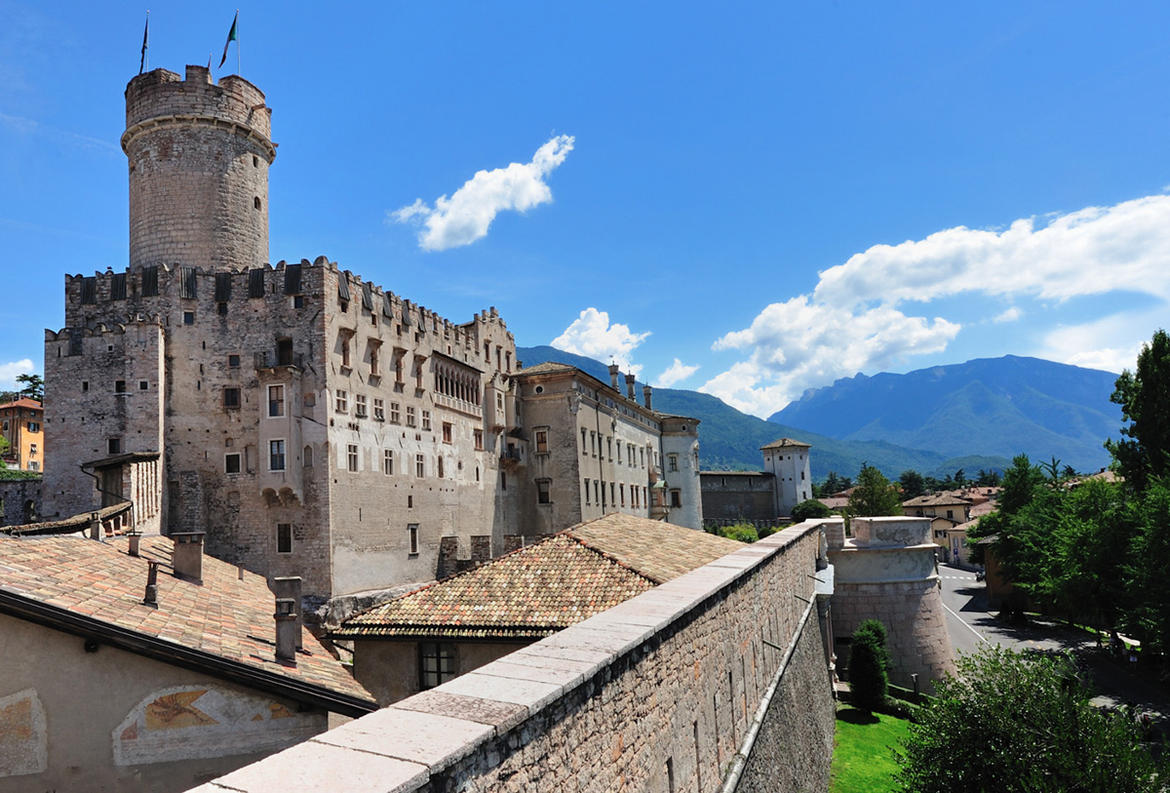


从巴黎出发,一个多小时就可到达华丽的香波城堡了(Chambord Castle)。香波堡是卢瓦尔河谷所有城堡中最宏伟也是最大的一个,已经有五百多年的历史。附近的居民常喜欢把它和阴柔的舍侬索堡封为法国古堡里的一王 一后,也有人说过,“香波堡真正具有王者风范,不仅在于其宏伟的规模和尊贵的气势,而因为他卓然不群,傲然于窠臼之外”香波堡是法国贵族生活气味最浓厚的 地区,森林遍地、盛产食材、葡萄酒,法国历代的国王、贵族在此打建一座又一座的度假用的狩猎宫殿,甚至还不时举朝迁移至此悉问国政。
这座城堡的兴建,要归功于文艺复兴时期至高无上的显赫君主弗朗索瓦一世,他从意大利请来了艺术大师达·芬奇等人,不遗余力地把意大利文艺复兴时期的辉煌艺 术和建筑风格移植到法国,为法兰西的文艺复兴奠定了基础。香波堡被法国人视为国宝,1981年被列入世界文化遗产名录。 (Quelle: www.hebei.com.cn/node2/node30/node34/userobject1ai269453.html)
Schloss Chambord (französisch Château de Chambord, historisch auch Chambourg) ist das größte Schloss des Loiretales. Es liegt ca. 15 Kilometer östlich von Blois in einem ausgedehnten früheren Jagdgebiet. Es wurde in der ersten Hälfte des 16. Jahrhunderts unter König Franz I. als Prunk- und Jagdschloss bei Chambord errichtet und gilt als das prächtigste aller Loireschlösser.
香波尔城堡(法语:Château de Chambord)位于法国卢瓦尔-谢尔省的香波尔,属法国文艺复兴式建筑,是卢瓦尔河谷城堡群的法式城堡中最容易辨认的其中一个。香波尔城堡是卢瓦尔河流域城堡群中最大的城堡,位于法国中央卢瓦尔河大区的布卢瓦市以东15公里处,如今是法国的国家公园,历史上则是王室的狩猎行宫。它是欧洲最大的封闭式园林,城堡加上周围狩猎用的森林,占地总共是54.4平方公里,森林围墙周长32.2公里,相当于大概75个紫禁城,或者北京二环内的城区面积。城堡主体长156米、高56米、拥有77座楼梯、282座烟囱、440个房间,历时166年才最终建成。


 Architecture
Architecture
 Gothic architecture
Gothic architecture

 Architecture
Architecture
 Renaissance architecture
Renaissance architecture

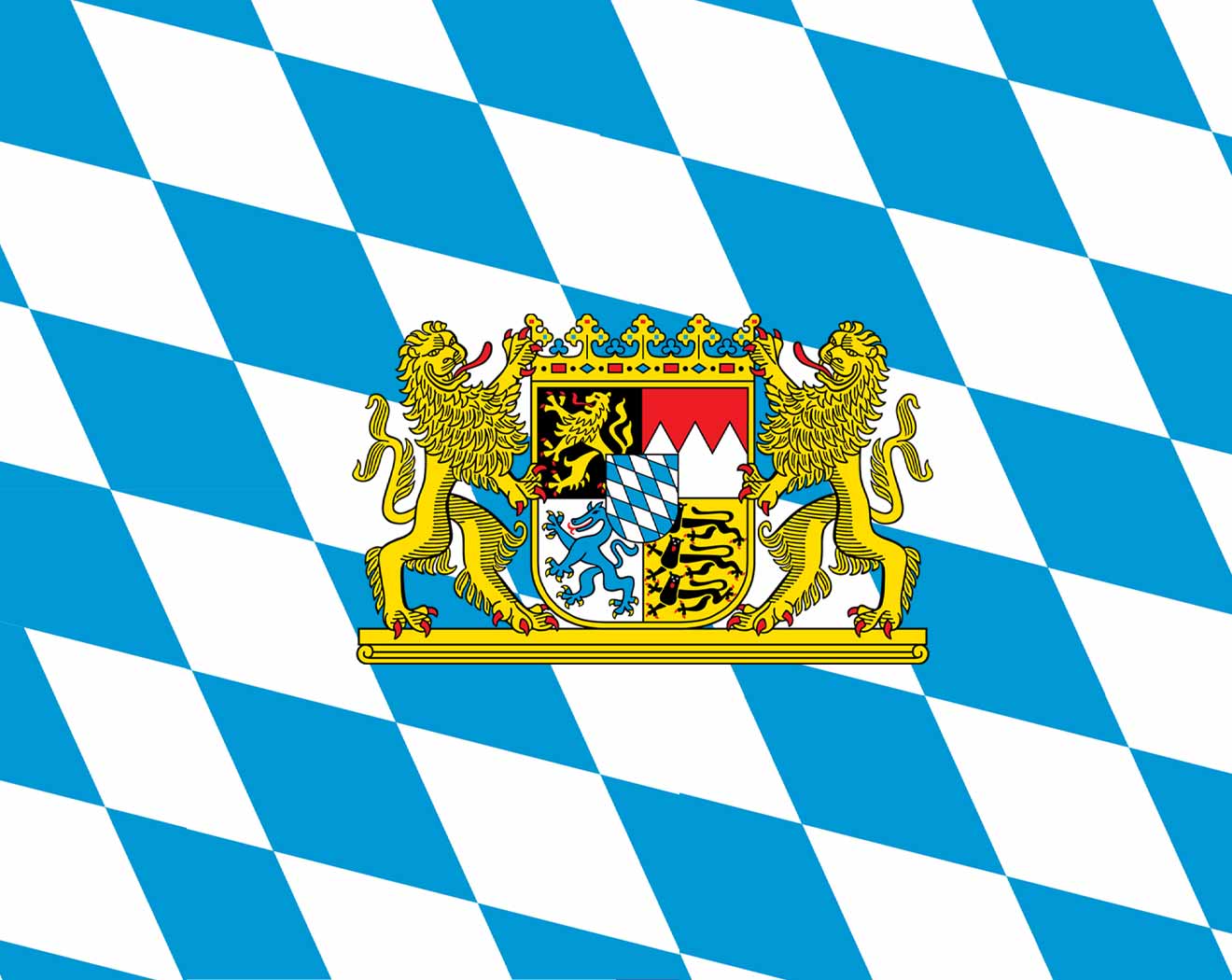 Bavaria
Bavaria
 Germany
Germany

 History
History
 L 1000 - 1500 AD
L 1000 - 1500 AD

 Religion
Religion

 Vacation and Travel
Vacation and Travel



 Emilia-Romagna
Emilia-Romagna
 North Rhine-Westphalia
North Rhine-Westphalia
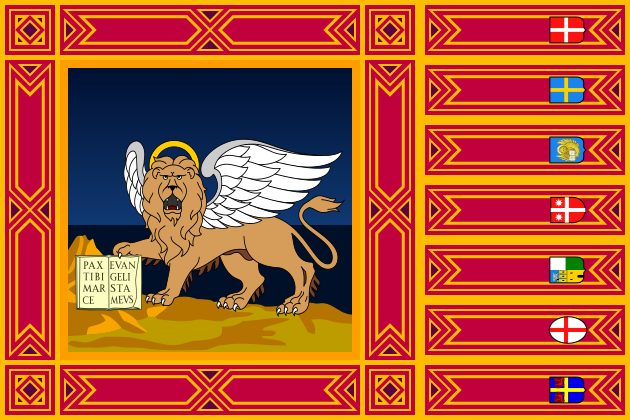 Veneto
Veneto
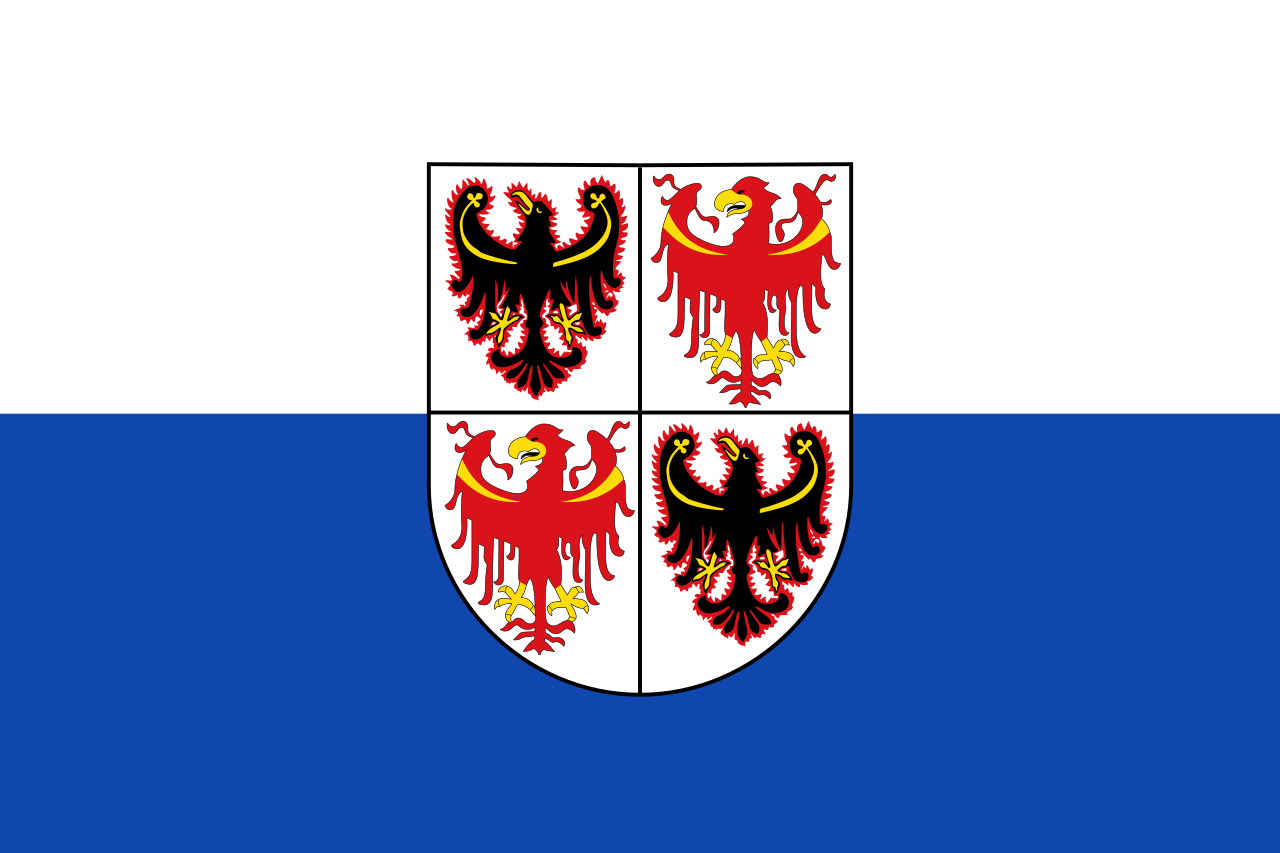 Trentino-Alto Adige
Trentino-Alto Adige
 Centre-Val de Loire
Centre-Val de Loire
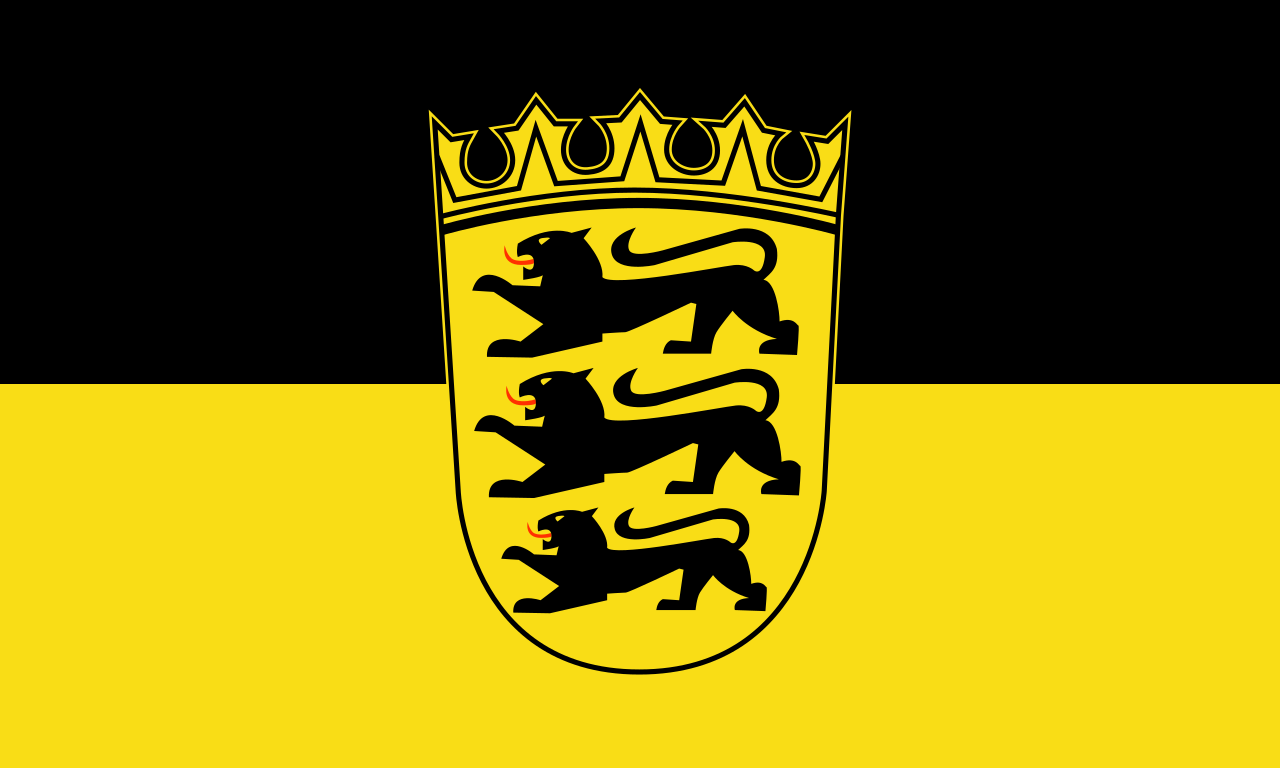 Baden-Wuerttemberg
Baden-Wuerttemberg
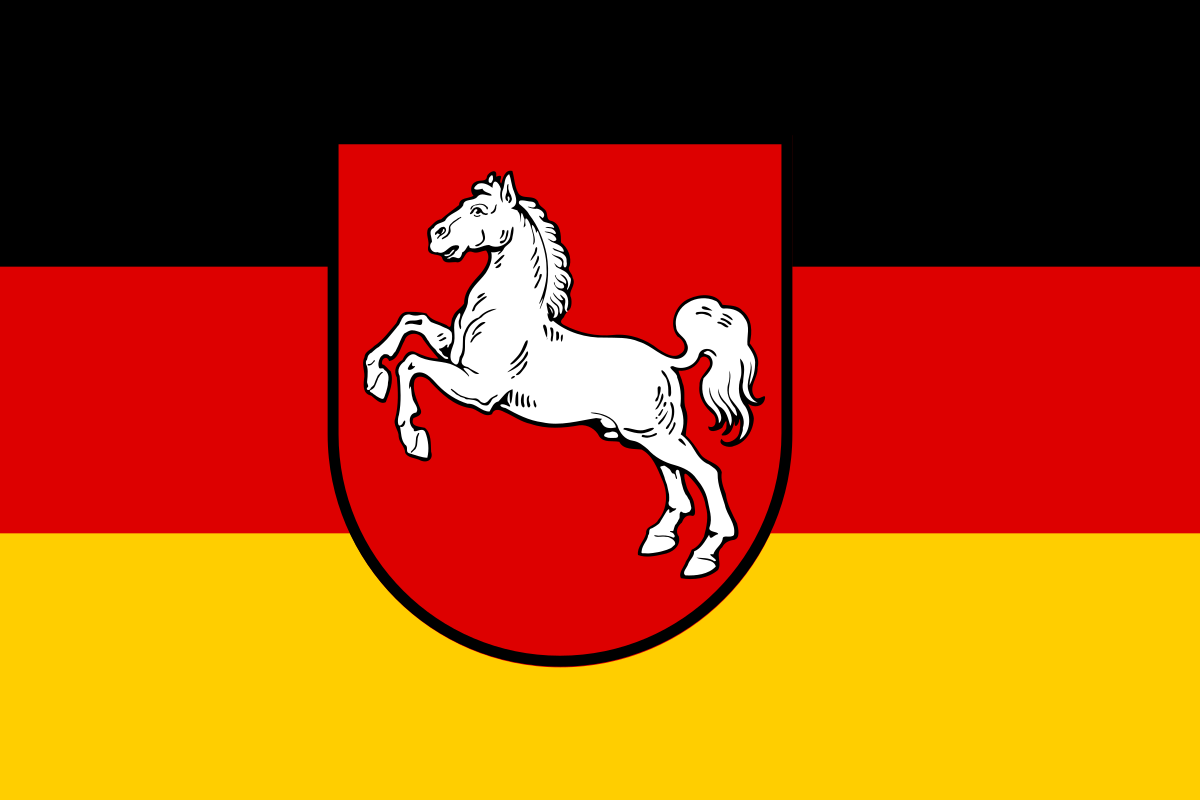 Lower Saxony
Lower Saxony